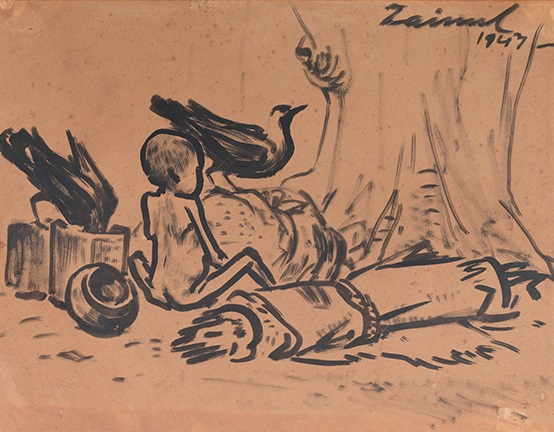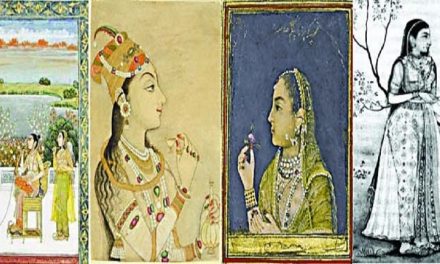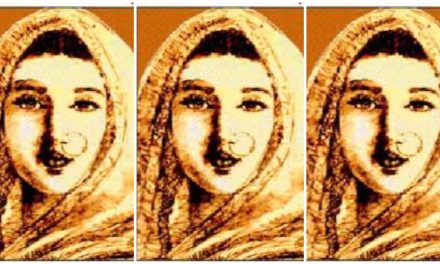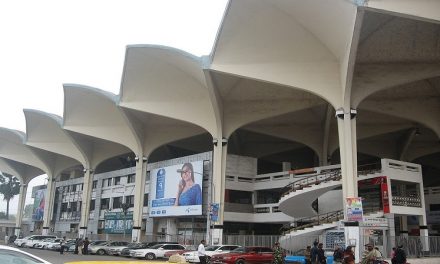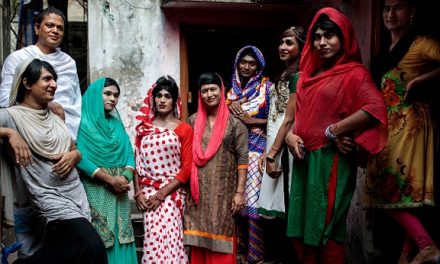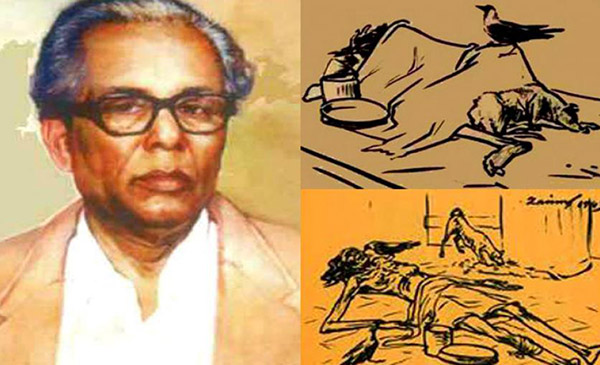
Zainul Abedin was a legendary painter, political activist and the most influential contributor to the establishment of modern arts in Bangladesh. His most notable works are his paintings of the Bengal famine of 1943-44 during the Second World War, when 3 million people died due to lack of nutrition and health care. In his art, he was able to realistically portray just how miserable and impoverished these people’s lives were. Silent yet powerful messages were delivered through these artworks, they were political but humanitarian. He also brought light to the communities being discriminated against in his work, like his painting of Santhal women.
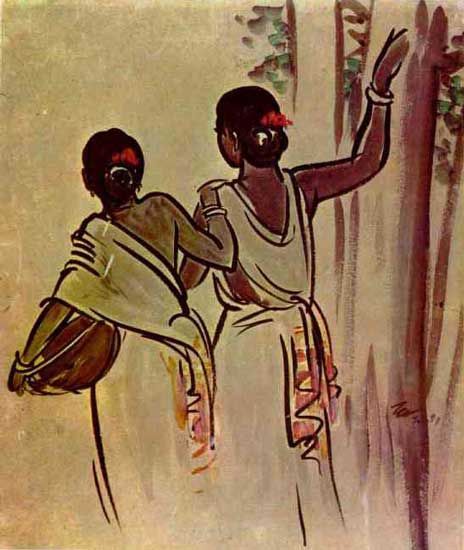
After the separation of the Indian Subcontinent in 1947, Zainul departed from his teaching career at the Calcutta Art School and moved to Bangladesh. Here, he incorporated art as a permanent part of the public school system. He was also one of the founders of the Faculty of Fine Arts in the University of Dhaka. He had been the bearer of many awards in his lifetime, including the Presidential Award for Pride of Performance from the Government of Pakistan and an Honorary Doctor of Letters degree from the University of Delhi. In 1974, he was also appointed the prestigious award of the National Professor of Bangladesh. Furthermore, our country honoured him with the title of “Shilpacharya”, meaning “excellent teacher of arts”.
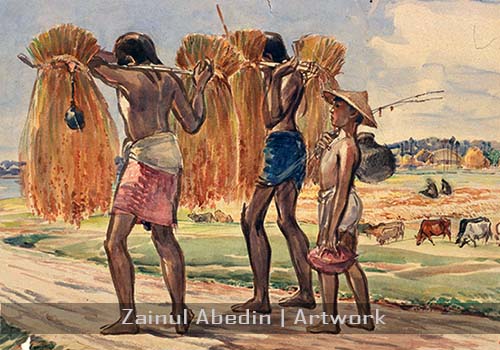
Abedin passed away due to lung cancer in 1976. Afterwards, he was awarded the Independence Day Award, which is the highest ranked award given by the Bangladesh government. A dedicated gallery, showcasing his artworks only, is set up in the National Museum of Bangladesh. His artworks are also exhibited in the Folk Art Museum in Sonargaon and in the Zainul Abedin Sangrahashala in his hometown, Mymensingh. Zainul Abedin will always be the father of modern arts and a revolutionary individual who spoke volumes about social issues through his work.
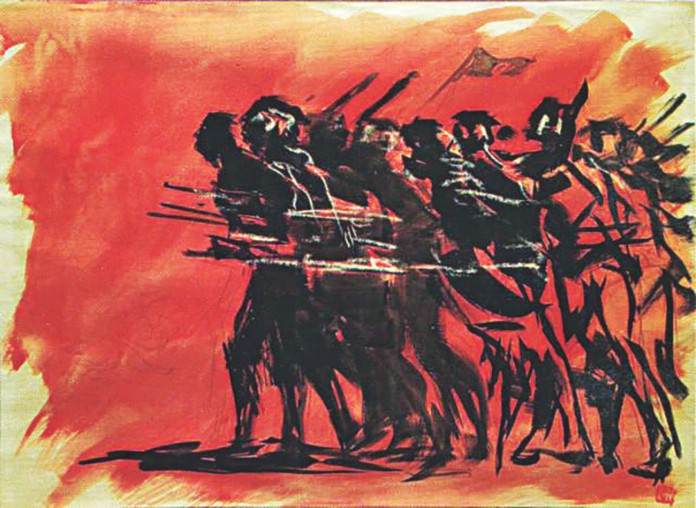 Images Collected from Google
Images Collected from Google
Contributed By Tanzeem Hossain

